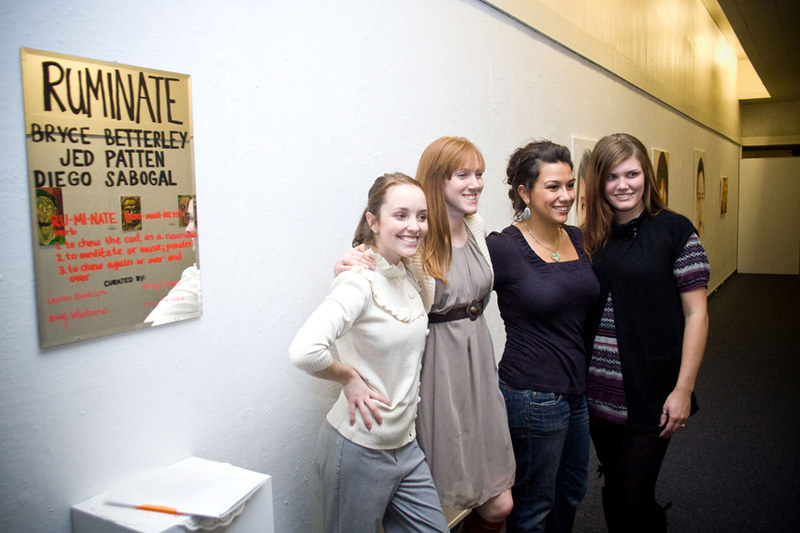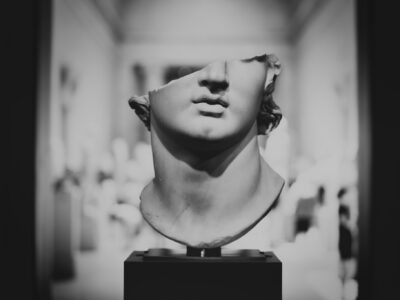Do you find yourself reading the descriptions of artworks more than admiring the artworks themselves? Do you like reading and researching art? Do you like explaining your interests in art to other people? Well, you might be a great fit for the art history major. Art history is a lot more than reading old books and staring at ancient art. Students in this major learn to communicate with others to effectively deliver their knowledge.
Keep reading this guide for everything you need to know about the art history major:
What you’ll be doing

Sure, the word ‘history’ being in the name might scare many of us away; but there’s more to the major than learning about the history of art. Art history majors connect the past to the present. They learn about art from across the world, created in every possible timeline. They learn about the differences and similarities between artworks from different periods of time, and how they correlate with each other. What’s important is that you’ll be asked to not only understand this, but also be able to explain it to others. It’s connecting the ancient ideas to modern minds.
The classes you’ll take

Art history majors learn a variety of things; from basic history of artworks to literature, media, and even sociology that could be related to the creation of the pieces. Naturally, assignments can vary from essays about artworks, exhibition proposals, to creating your own curation script for a museum. From early courses like History of Western Art, to advanced ones like Abstract Expressionism to Pop Art, there are so many different courses to choose from. Some courses focus on a singular artist, like Michelangelo or Picaso, and some even focus on a singular artwork, and learn all about its details and history.
Internships for this major

Thanks to the variety of fields art history majors can work in, they can work in a lot of fields. Some internships include working at museums like the Whitney or MOMA, to communication associates at companies like Google. Arguably one of the more popular internship spots in. New York City would be at the Metropolitan Museum of Art.
“Get as much experience as you can get. Not only will it help you get a job later, but it’ll help you keep it,” NYU graduate Heewon Yang said.
They provide a program called the Museum Seminar (MuSe), where interns learn about museum information and get public speaking training. Students can choose to work short-term (12 weeks) or long-term (9 months), depending on their availability.
Career opportunities

1. Curator
Curators know everything in the museum that they work in. Their main role is to collect, exhibit, and protect artworks, and they’re responsible for correctly presenting them to the audience.
2. Art Historian
Art Historians dig deeper into the backstory of how each artwork is made. They analyze the meaning that the artist would have implied in their creations, and sometimes are also responsible for finding out the origination of an artwork.
3. Art Critic
Art Critics are responsible for reviewing artworks, whether that be brand new or ancient. They usually work at publishers, like newspapers or magazines, where they can write their criticism down to share with the public.
4. Librarian
Librarians are similar to curators in many ways. The only difference would be that Curators take care of physical artworks, while librarians are responsible for written material. In modern days, librarians also require programming skills to access digitally written material, as well as providing any information to visitors.
5. Auctioneer
Auctioneers are responsible for leading and selling any item that comes into an auction. They must display and explain each item, so background research on everything that comes into an auction is necessary.
Reviews
“This might even be circular logic but learning about art is the greatest thing about the major, which I presume would be the case for a lot of students majoring in art history. Other than that, being able to gain a wide array of knowledge in many fields is also an advantage,” NYU alumni Heewon Yang said.
“You stop thinking about real-life problems, just for a few hours.” NYU graduate Elizabeth Taylor said.















